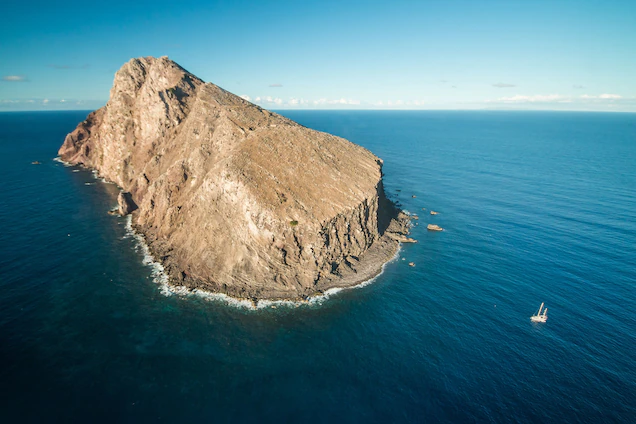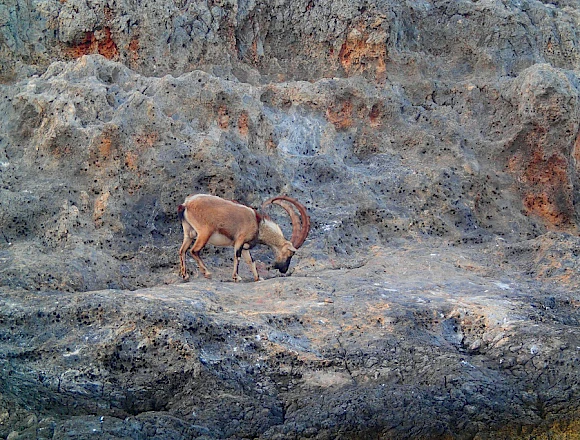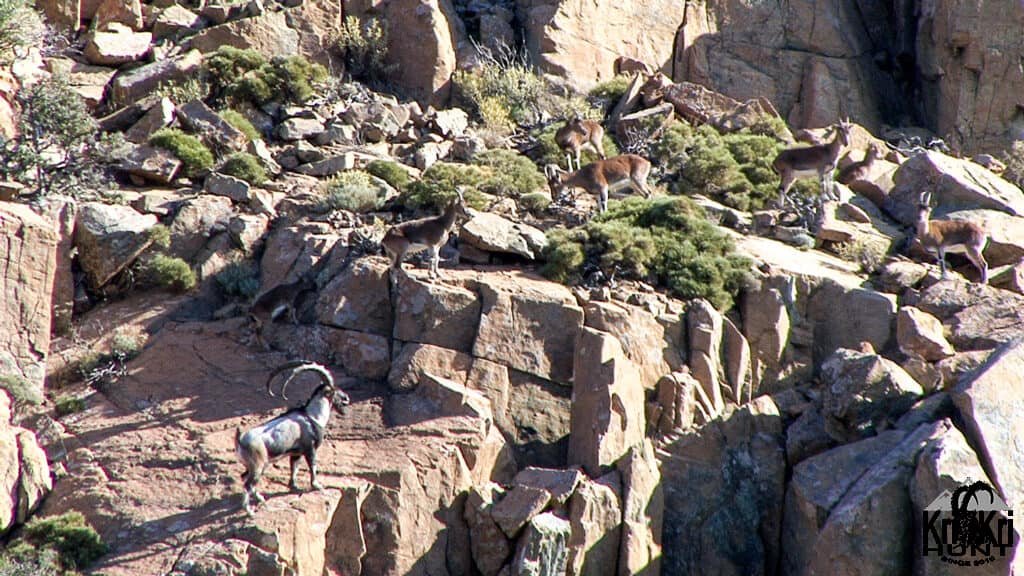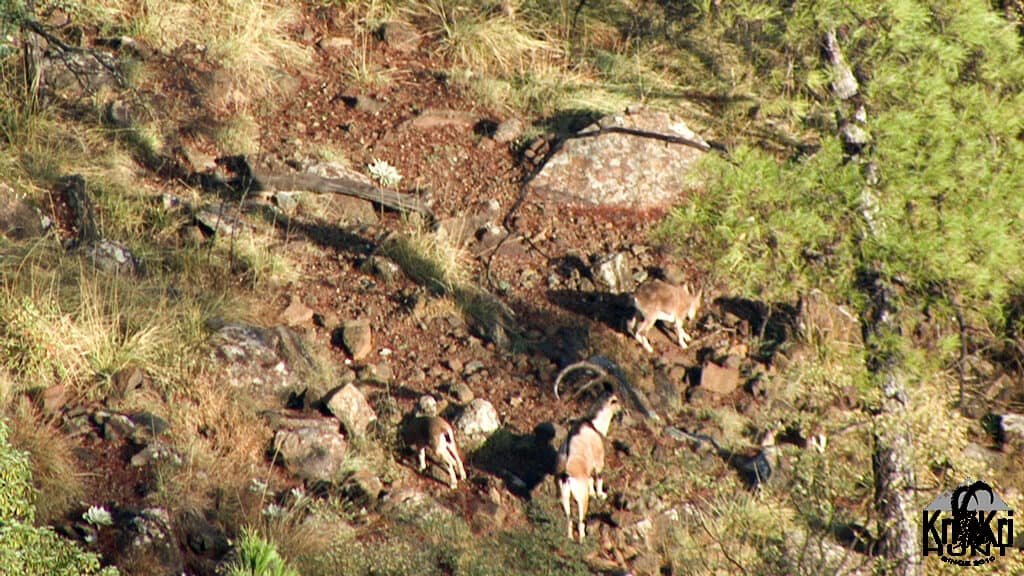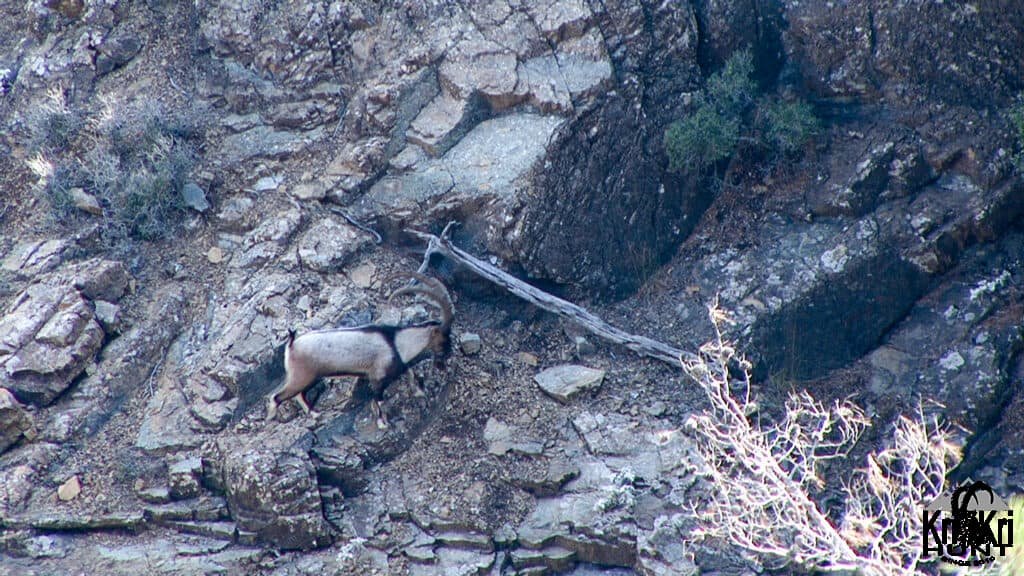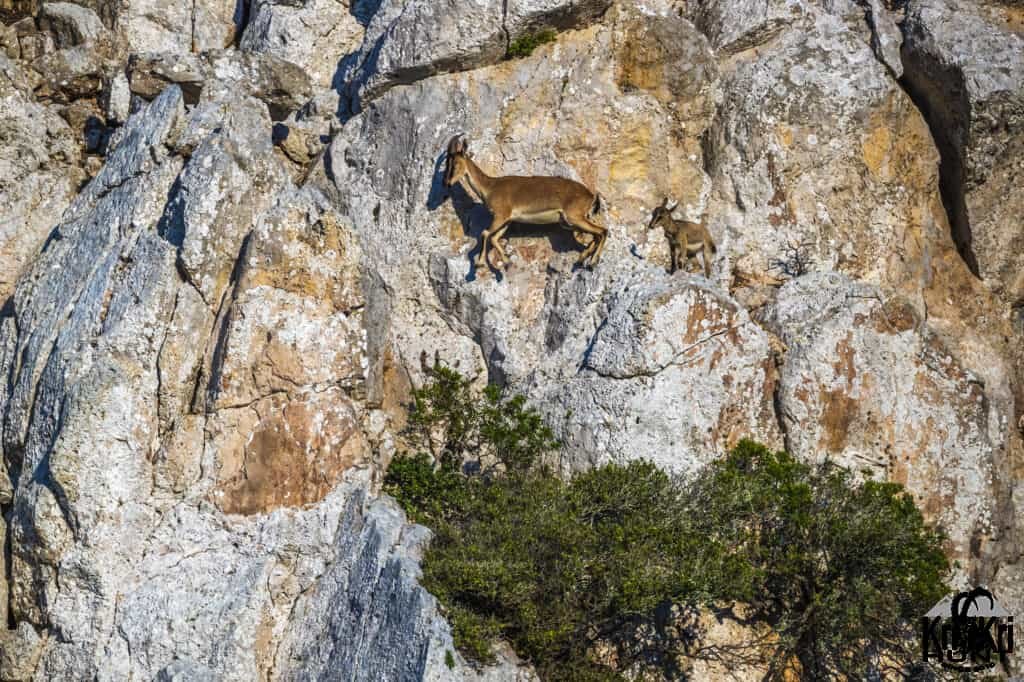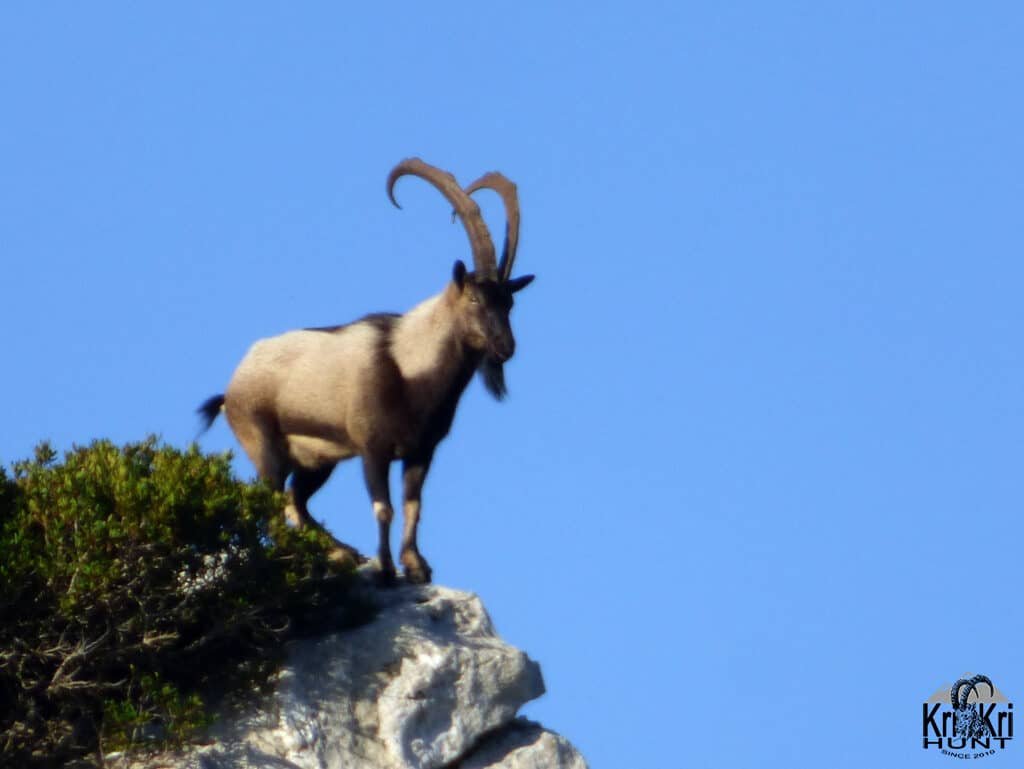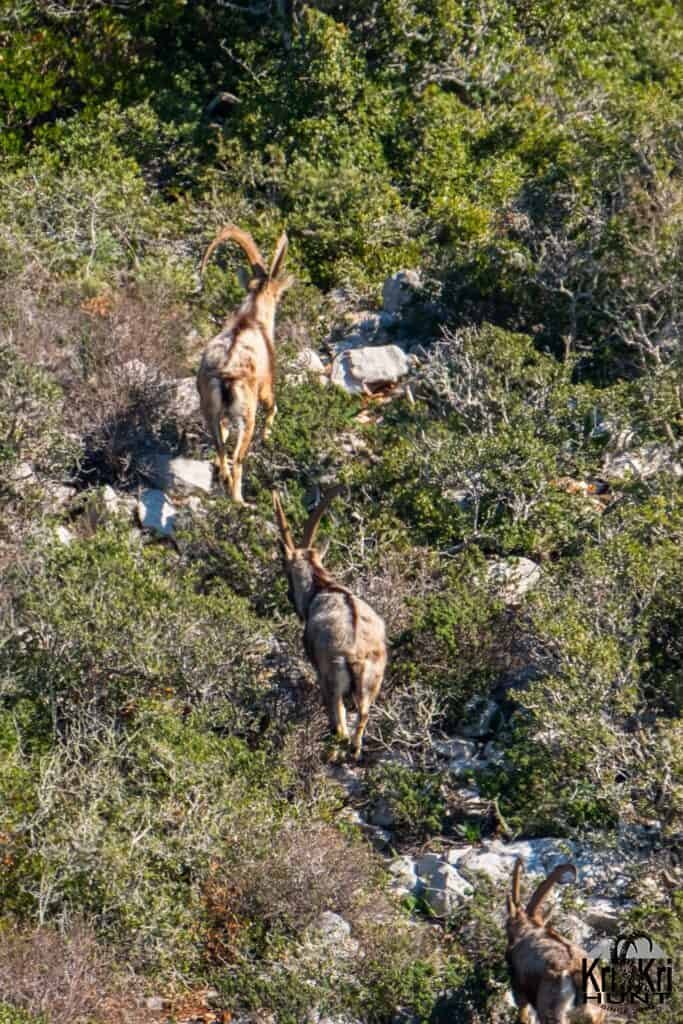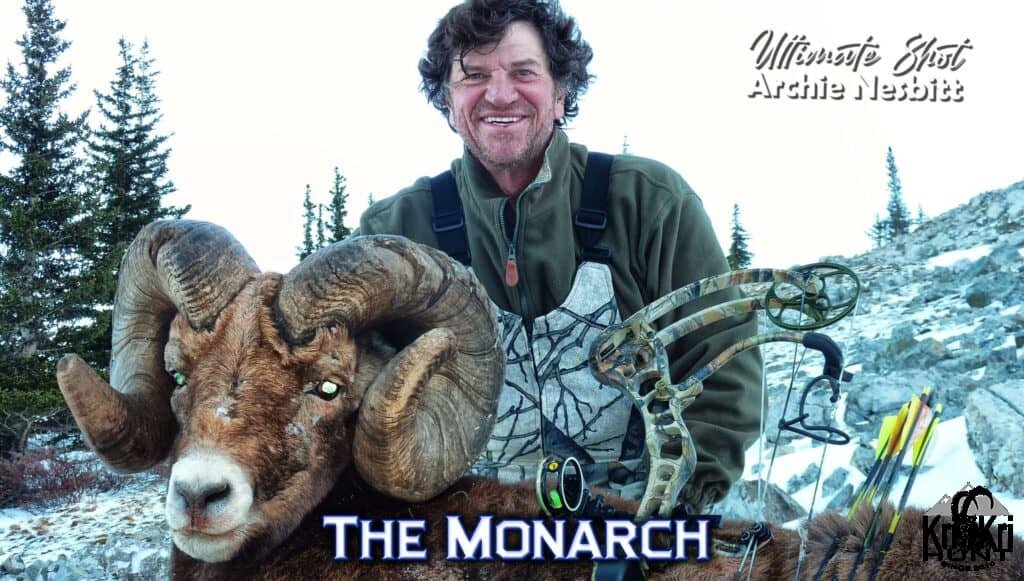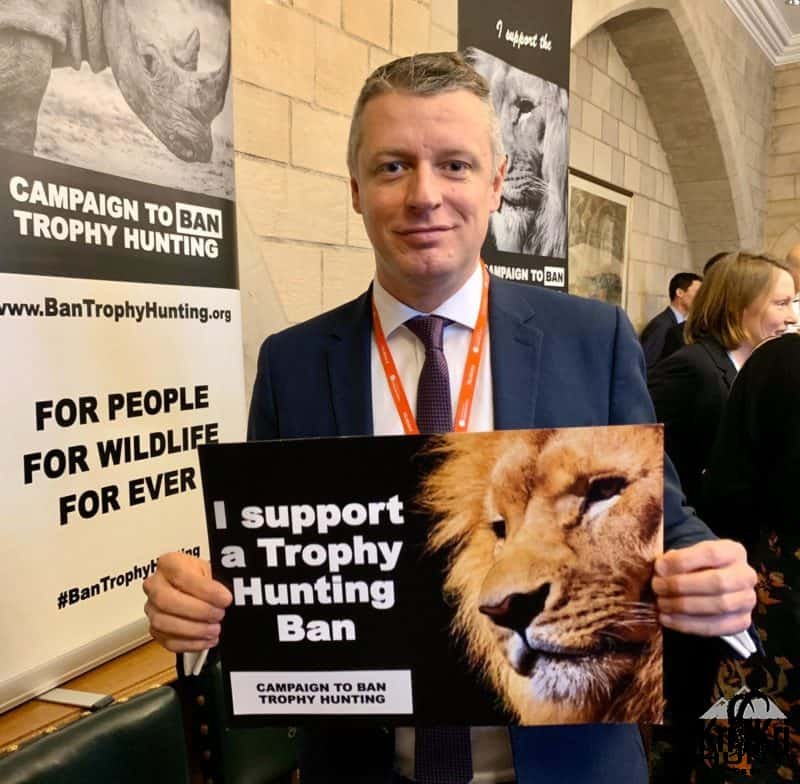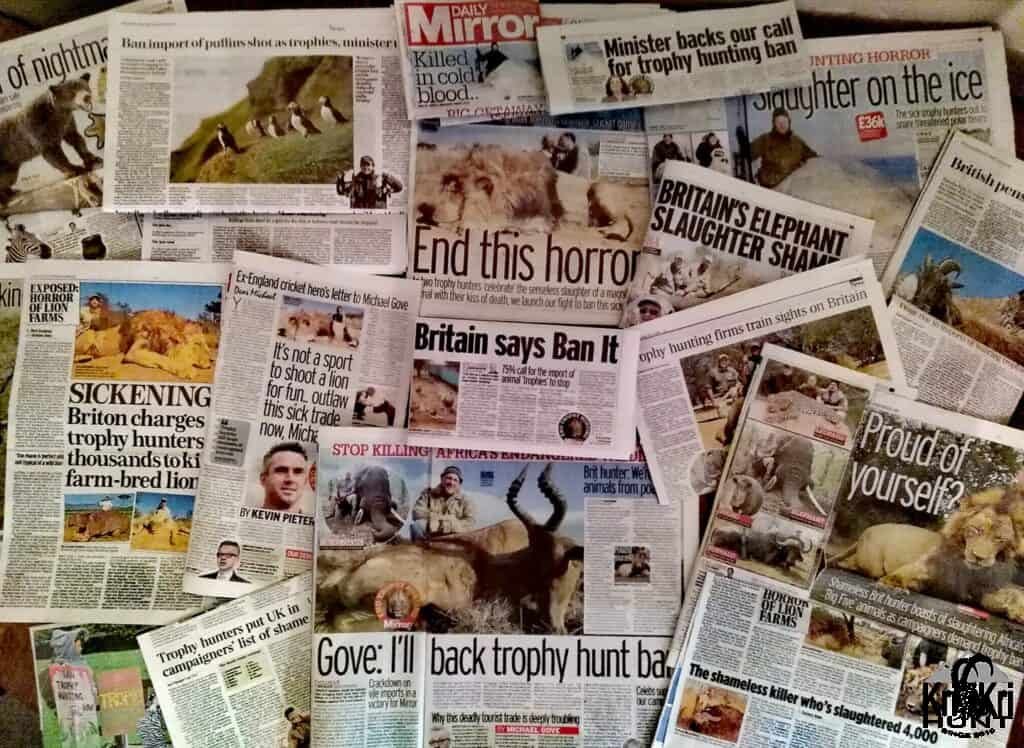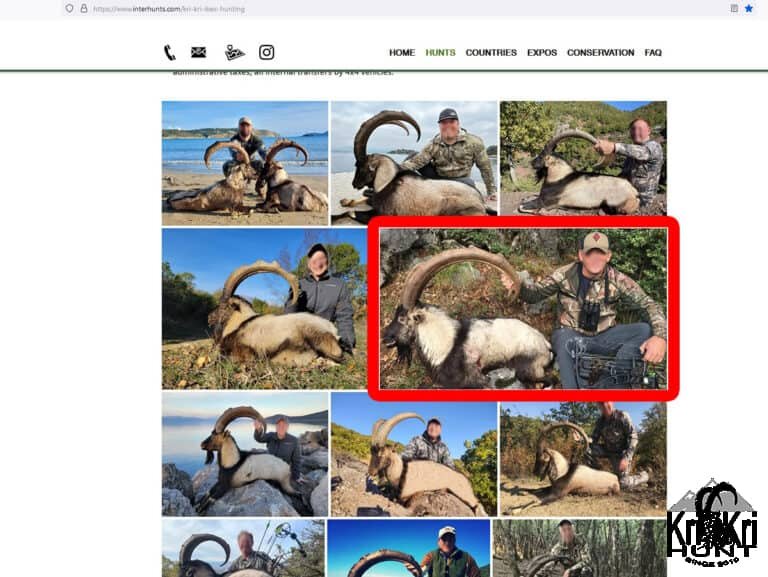Trophy hunting is a controversial yet effective tool that has been used to save the endangered Kri Kri ibex from extinction. The Kri Kri ibex is an iconic species of wild goat that is endemic to the Greek island of Crete, where it is a symbol of local culture and conservation. The Kri Kri ibex population had been in decline for many years due to meat hunting, habitat destruction, and disease outbreaks. In an effort to save the species, the government of Greece established a special hunting program on a remote island in which hunters pay special licenses for the privilege of harvest a Kri Kri ibex. The money from the hunt is used to fund conservation efforts, such as habitat restoration, disease control, and population monitoring.
The hunting program has been highly successful in saving the Kri Kri ibex from extinction and hybridization. Since it was established, the population of Kri Kri ibex on Sapientza island has grown from just a hundred to over a 300 individuals. The program has also provided a much-needed source of income for local people, who are now able to benefit from the sustainable use of the wildlife on Sapientza.

Exploring Sustainable Use of Natural Resources - The Kri Kri ibex: Benefits, Challenges, and Strategies
Sustainable utilization of the Earth’s resources is a way for humans to benefit from them without negatively impacting the environment. These natural elements can include living organisms, such as plants, fish, and animals, as well as non-living elements like water, soil, and minerals. When considering natural resources, it is important to consider the risk of depletion: can they be regenerated, and if so, at what rate? Renewable resources, for example trees and animals, naturally replenish relatively quickly. On the other hand, minerals and oil take a much longer time to form and are considered non-renewable.
Organizations that have been the most effective at preserving sustainability have tended to be of small-scale, either community-run or privately owned. Sustainable Wildlife Management (SWM) is the practice of managing wildlife species and their habitats in a way that ensures their populations remain viable for years to come, while also considering the economic requirements of people.
Trophy vs meat
Wild meat hunting has become unmanageable in many parts of the world, due to the heightened hunting activities or decrease in wildlife from a variety of direct or indirect causes. If not regulated, this kind of hunting can lead to the extinction of vulnerable species and ultimately affect the entire ecosystem. On the other hand, responsibly managed trophy hunting tourism can help keep populations of certain species in check when they become too numerous. Every habitat has a specific capacity to sustain a certain number of animals, known as its carrying capacity. As the number of animals surpasses this limit, the environment is put at risk. Conservationists must ensure that the habitat remains within its carrying capacity in order to protect the animals and the environment.
This piece aims to demonstrate the significance of regulated hunting expeditions in Greece for the preservation of the Kri Kri ibex, an endangered species. To better comprehend the principles of managing this species’ population, let’s examine what Kri Kri ibex are. They are mostly part of the large family of wild goats.
Planet of the Goats
Goats are highly esteemed amongst the animal species, due to their ability to thrive in even the most challenging mountainous conditions, as well as their tolerance of harsh weather and willingness to consume low-quality feed. Additionally, their small size in comparison to the amount of production they can generate, along with their versatile nature, are some of the reasons why goats were among the first animals to be domesticated.
Once you have understood the advantages of these creatures, it is time to become aware of their negative behaviors. To illustrate this, I will relate a story about a distant isle called “Planet of the Goats“. His real name “Redonda” is the female form of the Spanish language adjective meaning “round”. In 1493, on his second voyage to the New World, Christopher Columbus discovered the evergreen island and named it “Santa María la Redonda” . For a half century in the late 19th and early 20th centuries, Redonda bustled with activity as the site of a mine that used a large pulley system to lower buckets of guano and phosphates—used as fertilizer—down to the shoreline below. More than 100 men were employed at the mine’s peak, most of whom lived full time on the island. But the mine shut down following the outbreak of World War I, and two critical things were left behind: goats and rats. For the next hundred years, these foreign species would team up to eat everything in sight until there was nothing left but dust and scraps of old machinery.
Over the past 50 years, the global goat population has experienced an impressive growth of 240%, while other domesticated animals have either stayed the same or decreased in number. Presently, there are approximately one billion goats worldwide, with more than 90% located in Asia and Africa, and only 1.8% in Europe.
Goats are exceptionally intelligent and agile creatures, with the capacity to fend off diseases more effectively than other ruminant species. Unfortunately, human beings have taken advantage of goats’ ability to feed on vegetation not readily consumed by other livestock, and goats have been driven to marginal lands and forests. Experts have deemed goats as harmful to vegetation and have suggested a ban on them.
According to evolutionary records, goats can be divided into three distinct categories based on geographic range: European, Asian, and African. Despite the fact that the global goat population has been steadily rising for centuries, the increase has become even more pronounced in the last few decades, surpassing the rate of human population growth.
The Kri Kri ibex: Theory vs Reality
Among the most iconic and renowned ibex species in Europe is the Cretan ibex or Kri Kri. Hunting and trading are not allowed, yet the extraction of a specific amount of specimens is necessary for keeping a strong population, especially at Sapienza Island.
“Capra aegagrus cretica : Endemic subspecies. Strictly protected, its hunting is prohibited.
Bern Convention – Annex II
Directive 92/43 EEC, Annexes II and IV (natural populations only)
IUCN 2007. Capra aegagrus : Troto (VU).”
Achieving a stable, ongoing harvest of Kri Kri ibex requires a reproductive surplus, determined by the relationship between births, deaths, and physical development. Estimating sustainable yields can be done through experimentation, observing existing environments, or deducing from existing biological knowledge.
Research of Theodorou Island, which is comparable to Sapienza Island situated near Crete, uncovered that no more than sixty creatures can inhabit one square kilometer. Consequently, the most extreme number of animals that Sapienza Island can uphold is 540. As indicated by information from an animal study few years ago, there are more than 200 ibex and the same number of mouflons on Sapienza Island, which puts it dangerously close to overcrowding and the subsequent devastation of vegetation and the expiration of all animals. /https://icgf.myspecies.info/content/capra-hircus-aegagrus/
By looking at a few studies from related animal populations around the globe, it is possible to predict when this situation might occur.
To make an informed estimation of the reproductive surplus of the Kri Kri ibex on Sapienza Island, we will make use of the data from an assessment of the wild bezoar ibex population. The research was conducted by Karadeniz Technical University, a public higher education institution located in Trabzon near the Black Sea region of Turkey, which was founded in 1955 and is the fourth-oldest university in the country. According to the findings from the surveyed population, the sex ratio was as follows: for males aged 10+ years, 15%; for those aged 5-9 years, 35%; and for those aged 2-4 years, 50%.
According to the records of the Greek Fauna Documentation Center, the kri kri ibex population on Sapienza Island few years ago consisted of 200 animals. If the female ibex give birth to an average of 60 calves a year, even with a natural mortality rate of 50%, the population would grow to an unsustainable level within 5 years. The average life expectancy of these ibex in the wild is around 12 years, so the only way to prevent the destruction of the island’s vegetation caused by overpopulation is to introduce some form of managed hunting tourism.
Trophy hunting, which is an alternative form of tourism, can bring substantial revenue to the state and local businesses by removing the oldest and most senior males. Aside from controlling overpopulation, it also contributes to the sex and age ratio of a given habitat, which is just as essential. A research conducted by a Turkish University has shown that during the mating season, the oldest barren males have the upper hand in claiming harems, leaving the younger, fertile animals without progeny. This, in turn, decreases the birth rate and lowers the population size.
One research conducted on a small, habitat-limited population of bighorn sheep in Canada showed that the birth rate significantly increased in the herd after the oldest and most commanding males were removed through hunting. This demonstrates that even with around 30 animals hunted every year, the population of Sapienza Island remains consistent and healthy due to hunting trophy tourism. This is in comparison to Theodorou Island, where hunting was not allowed, and the plant food source decreased by 30% in a decade!
Even though hunting trophy tourism has evident advantages, public opinion is still unfavorable towards this human activity. Hunting and hunters are constantly being criticized and accused without any valid grounds. Conservation of sustainable natural resources should not be used for personal gain or political objectives. It is a process that depends on scientific methods to form and implement long-term plans with the best interests of future generations in mind.
The opposition to trophy hunting has been exploited by certain pseudo-ecological organizations and political entities, taking advantage of the general public’s lack of knowledge to manipulate their emotions and turn them against hunters.
The public opinion of trophy hunt in social media and public areas has been leveraged as an excuse by officials in the government to prevent any promotion of the advantages of hunting. It is unfortunate that government representatives, who are supposed to be in charge of protecting wildlife, would attempt to restrict the freedom of speech and inhibit dissemination of the scientifically-backed advantages of hunting. Due to the careless behavior of the officials, filming and distributing footage of the event on Sapienza Island is strictly forbidden by law.
A grave threat to the kri kri ibex are uninformed government representatives who make decisions which run contrary to established scientific procedures and answers. Wildlife conservation is a globally accepted aim with established principles that are not dependent on the views of bureaucrats.
The initial UN summit on ecological matters, the 1972 UN Conference on the Human Environment in Stockholm, Sweden, established essential tenets in this regard.
Stockholm Declaration
• Principle 2: “The natural resources of the earth, including the air, water, land, flora and fauna and especially representative samples of natural ecosystems, must be safeguarded for the benefit of present and future generations through careful planning or management, as appropriate.
The Stockholm Declaration not only addressed resource depletion, but also benefit sharing: the objective to ensure that natural resource use not only benefits the few, but the many, both within and across countries. It also speaks to the principle of inter-generational equity: ensuring that today’s resource use does not compromise the availability of natural resources for future generations. In fact, natural resource use relates to all three dimensions of sustainability: social justice, environmental health, and economic development. The sustainable use of natural resources strives for balance between these dimensions: maintaining the long-term use of resources while maximizing social benefits and minimizing environmental impacts.
The future of Kri Kri ibex ?
The current state of the global environment is being threatened by humankind more than any other time in history. This is mainly due to a lack of awareness and a reluctance to recognize the real difficulties that wildlife and their habitats must face. On the contrary, trophy hunting is not the source of these issues, but rather the remedy. People have the option to either use the renewable resources responsibly or lose them entirely; the decision is up to us.
The Growing Goats Overpopulation Crisis: A Closer Look at the Dark Side
- The Galapagos Islands: The introduction of goats to the Galapagos Islands in the late 19th century has had a significant negative impact on the islands’ native vegetation. Goats have eaten or trampled many of the islands’ unique plant species, causing severe erosion and reducing the ability of native animals to find food and shelter. Case study 1. Case study 2.
- The Canary Islands: Goats were introduced to the Canary Islands by the Spanish in the 16th century, and their populations have since grown out of control. The goats’ grazing has led to the destruction of much of the islands’ native vegetation, including cedar forests and juniper woodlands. Case study 3.
- The Mediterranean Basin: The uncontrolled growth of goat populations in the Mediterranean Basin has led to overgrazing and the destruction of many types of vegetation, including shrubs, herbs, and grasses. This has contributed to desertification and soil erosion in the region. Case study 4.
- The Sub-Saharan Africa: In Sub-Saharan Africa, goats have been known to cause severe overgrazing and desertification, causing loss of biodiversity, reduced crop yields and ecosystem degradation. Case study 5. Case study 6.
- The Himalayas: Goats were introduced to the Himalayas by human settlers, and their populations have grown rapidly. Overgrazing by goats has led to the destruction of many types of vegetation, including alpine meadows and rhododendron forests, which are important habitats for many species of wildlife.
- The island of Samothraki in Greece : Samothraki has mostly escaped the attention of mass tourism and is home to less than 3,000 people. Strangely, it also hosts a staggering 50,000 goats, most of which are “semi-wild” and roam freely. Case study 7
More stories for Kri Kri ibex
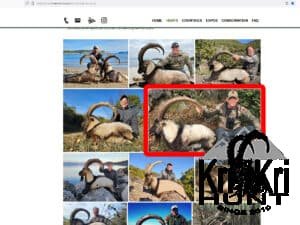
From Conservation to Corruption: The Dark Side of Macedonia’s Kri Kri Hunts
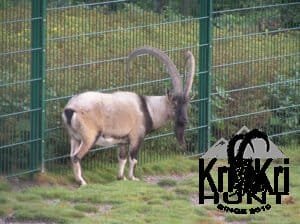
Stand for Ethical Hunting – Petition
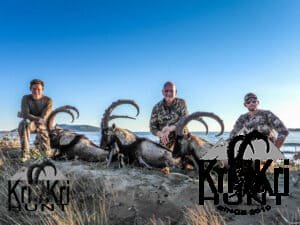
Hunting Kri-Kri Ibex: A One-of-a-Kind Experience

How Trophy Hunting Saved the Kri Kri Ibex From Extinction: A Historical Analysis
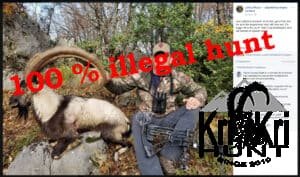
What is illegal Hunting for Kri-Kri Ibex?

What is the Kri-Kri Ibex?

Greece needs assistance to reinstate bow hunting
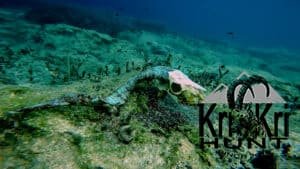
What? You never heard this before? Goats can swim.
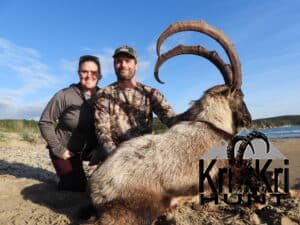
Sapientza island Kri Kri ibex- treasure hunt
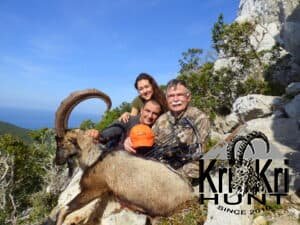
Kri Kri ibex bow hunt
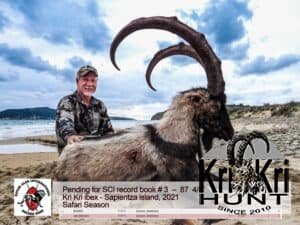
Top 3 at SCI – Kri Kri ibex
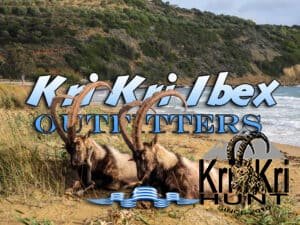
Happy New Year 2022 Kri Kri hunt
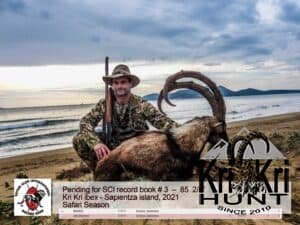
Wild Wild West & Kri Kri hunting

What a story! What a Kri Kri hunt!
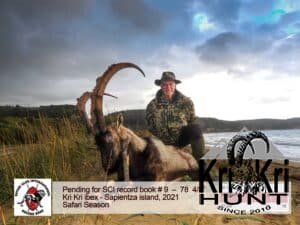
One-shot, one Kri Kri ibex is enough. Congratulations Rodrigo !
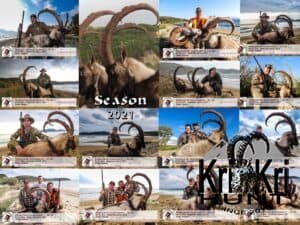
Ancient Olympic Games winners
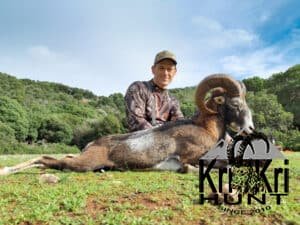
Sapientza mouflon – challenge for all OVIS hunters

Shooting with shotgun a Kri Kri ibex is not easy
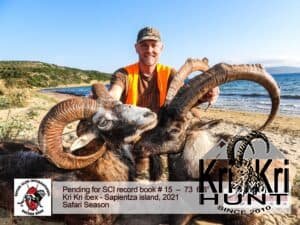
Bullseye on 150 meters with shotgun on a Kri Kri ibex


